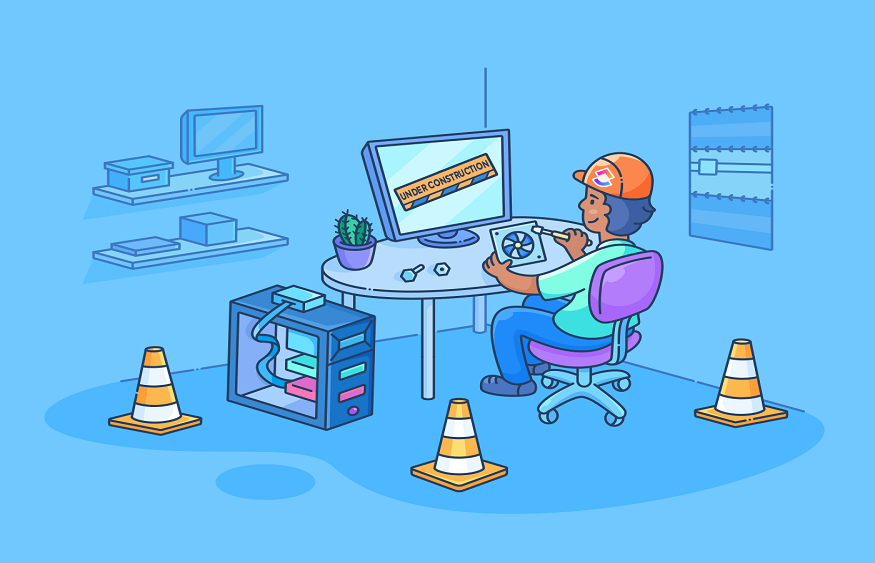In today’s dynamic business landscape, efficient and effective Human Resources (HR) practices are critical for success. One approach gaining traction is the multi-tiered HR service delivery model. This system streamlines service delivery by categorizing employee needs and directing them to the most appropriate resource. Here, we delve into the multi-tiered model, explore technology’s role, and unpack the expected outcomes of this increasingly popular approach.
The Architecture of Multi-Tiered HR Delivery
Multi-Tiered HR Service Delivery and Technology Expectations
Tier 1: Self-Service and Shared Services:
This is the foundation, offering a user-friendly portal where employees can access common HR resources, like company policies, benefits information, and FAQs. Many utilize chatbots or knowledge management systems to answer basic questions, minimizing the strain on higher-tier resources.
Tier 2: Center of Excellence (COE):
This tier houses HR specialists dedicated to specific areas like compensation and benefits, recruitment, or training and development. Employees with more complex inquiries or those requiring specialized guidance are directed to the relevant COE.
Tier 3: HR Business Partner (HRBP):
These strategic partners serve as advisors to business units, providing customized HR solutions aligned with business goals. They collaborate with CoEs and handle highly complex employee relations issues.
Technology: The Powerhouse of Efficiency
Technology plays a central role in the multi-tiered model, amplifying its effectiveness. Here are key areas where technology empowers HR service delivery:
- Automation: Repetitive tasks like payroll processing or PTO requests can be automated through HR Information Systems (HRIS). This frees up valuable HR time to focus on higher-level activities. They have to follow good times ideas.
- Self-Service Portals: Intuitive online portals empower employees to access information, update personal details, and manage tasks like submitting leave requests, minimizing dependence on HR support.
- Data Analytics: HR data can be analyzed to identify trends, predict employee needs, and make informed decisions. For instance, analyzing onboarding data can reveal areas for improvement.
- Communication Tools: Collaboration tools like instant messaging and video conferencing facilitate seamless communication between employees and HR personnel regardless of location.
Expectations and Outcomes: A Multi-Pronged Approach
A well-implemented multi-tiered HR model delivers a range of benefits:
- Improved Employee Experience: Easy-to-access information and efficient service delivery enhance employee satisfaction. Employees feel empowered to manage their HR needs independently while having readily available support for complex issues.
- Increased HR Efficiency: Automating tasks and directing inquiries to the most appropriate tier frees up HR resources to focus on strategic initiatives and employee relations.
- Enhanced Cost Savings: Automated processes and reduced administrative burdens can translate to significant cost savings.
- Data-Driven Decision Making: HR data helps identify trends, predict needs, and make informed decisions about talent acquisition, retention, and employee development.
- Increased Transparency and Compliance: A centralized HR system ensures consistent access to policies and information, promoting transparency and compliance with regulations.
The Road to Success: Considerations and Best Practices
For a multi-tiered model to reach its full potential, some factors need careful consideration:
- User-Friendly Technology: The HRIS and self-service platforms must be intuitive and user-friendly for both employees and HR personnel. Training on technology usage is crucial.
- Clear Communication: Employees need to understand the system’s purpose and how to navigate the different tiers. Clear communication regarding the model and available resources is essential.
- Data Security and Privacy: Robust data security measures are vital to protect sensitive employee information. Complying with data privacy regulations is paramount.
- Ongoing Evaluation and Improvement: HR should regularly assess the effectiveness of the system, address any shortcomings, and adapt to evolving employee needs
Conclusion
The multi-tiered HR service delivery model presents a compelling approach for organizations of all sizes. Check https://controlio.net/employee-monitoring.html to download the best employee monitoring tool for HR. By leveraging technology and prioritizing user experience, HR can offer efficient and effective support, empowering employees and contributing to a positive work environment. As the business landscape continues to evolve, the multi-tiered model, with its focus on efficiency and agility, is poised to become a cornerstone of successful HR practices.




